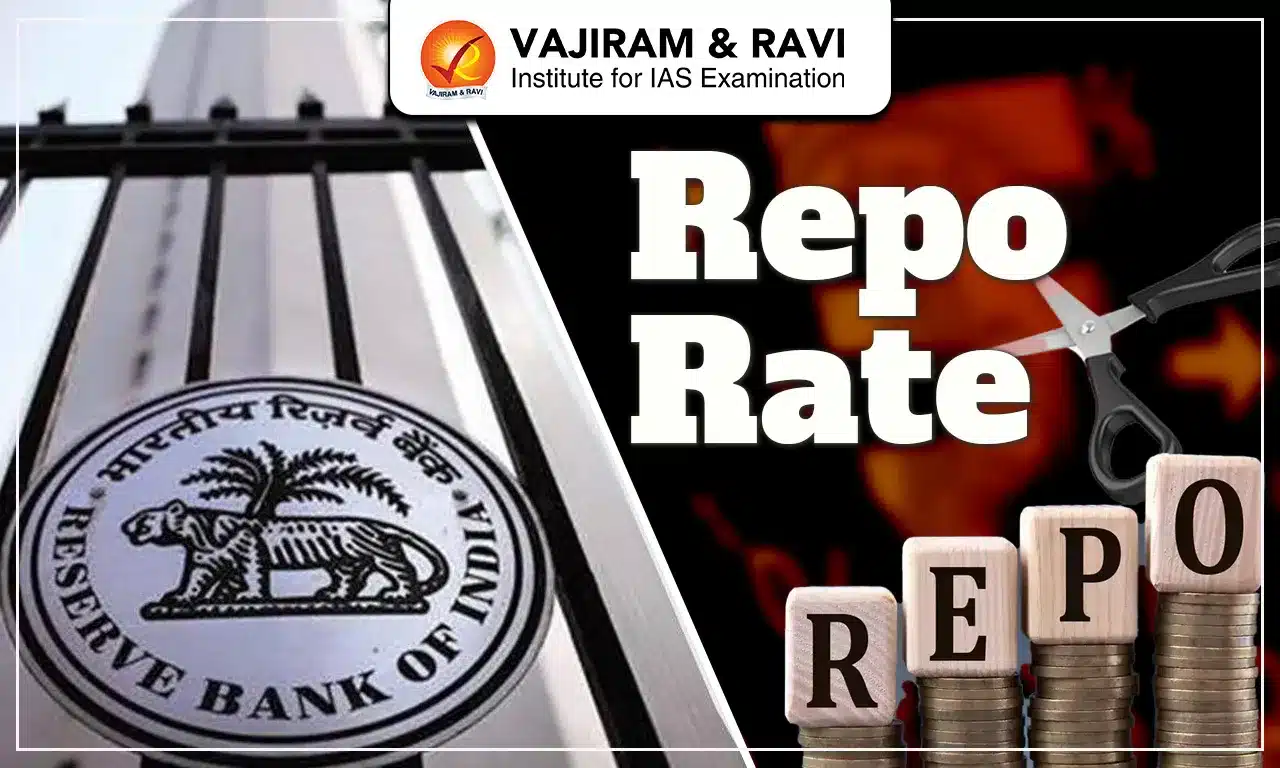About Methane Alert and Response System
- It is a data-to-action initiative with the mission to put open, reliable, and actionable data into the hands of individuals who can reduce methane emissions.
- It was announced at the Conference of Parties (COP 27) in November 2022 and began its initial pilot phase in January 2023.
- The pilot phase presented an opportunity for UNEP’s International Methane Emissions Observatory (IMEO) to engage with partners, countries, and operators to refine MARS processes and procedures before making data public.
- It uses satellites to scan the globe for major emission sources and alerts countries and companies so that they can take methane action and accelerate progress supporting the Paris Agreement and Global Methane Pledge.
- This initiative works in partnership with the Climate and Clean Air Coalition (CCAC) and the International Energy Agency (IEA).
- MARS brings together four critical components to drive transparency and enable emission reductions:
- Detection of large sources of human-caused methane emissions.
- Notification of relevant countries and companies about these detected emissions.
- Response from notified stakeholders to address the emissions.
- Tracking progress of actions taken to reduce emissions and collaboration to prevent future methane.
What is the International Methane Emissions Observatory (IMEO)?
- It was launched at the G20 Leaders Summit in 2021.
- It focused initially on emissions of Methane from the fossil industry.
- It reconciles methane data from scientific measurement studies, satellites through the Methane Alert and Response System (MARS), rigorous industry reporting through the Oil and Gas Methane Partnership 2.0 (OGMP 2.0), and national inventories.
- The Oil & Gas Methane Partnership 2.0 (OGMP 2.0) is UNEP’s flagship programme that includes a partnership of companies to improve the accuracy and transparency of methane emissions data from the oil and gas sector through a committed framework.
Q1) What is Methane (CH4)?
It is a hydrocarbon that is a primary component of natural gas. Methane is also a greenhouse gas (GHG), so its presence in the atmosphere affects the earth’s temperature and climate system. Methane is emitted from a variety of anthropogenic (human-influenced) and natural sources.
Last updated on November, 2025
→ Check out the latest UPSC Syllabus 2026 here.
→ Join Vajiram & Ravi’s Interview Guidance Programme for expert help to crack your final UPSC stage.
→ UPSC Mains Result 2025 is now out.
→ UPSC Notification 2026 is scheduled to be released on January 14, 2026.
→ UPSC Calendar 2026 is released on 15th May, 2025.
→ The UPSC Vacancy 2025 were released 1129, out of which 979 were for UPSC CSE and remaining 150 are for UPSC IFoS.
→ UPSC Prelims 2026 will be conducted on 24th May, 2026 & UPSC Mains 2026 will be conducted on 21st August 2026.
→ The UPSC Selection Process is of 3 stages-Prelims, Mains and Interview.
→ UPSC Result 2024 is released with latest UPSC Marksheet 2024. Check Now!
→ UPSC Prelims Result 2025 is out now for the CSE held on 25 May 2025.
→ UPSC Toppers List 2024 is released now. Shakti Dubey is UPSC AIR 1 2024 Topper.
→ UPSC Prelims Question Paper 2025 and Unofficial Prelims Answer Key 2025 are available now.
→ UPSC Mains Question Paper 2025 is out for Essay, GS 1, 2, 3 & GS 4.
→ UPSC Mains Indian Language Question Paper 2025 is now out.
→ UPSC Mains Optional Question Paper 2025 is now out.
→ Also check Best IAS Coaching in Delhi

















